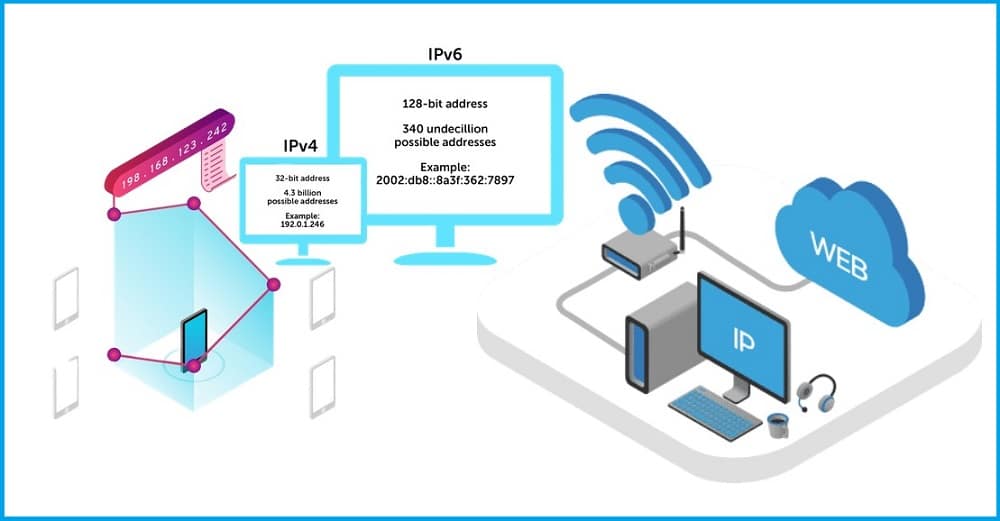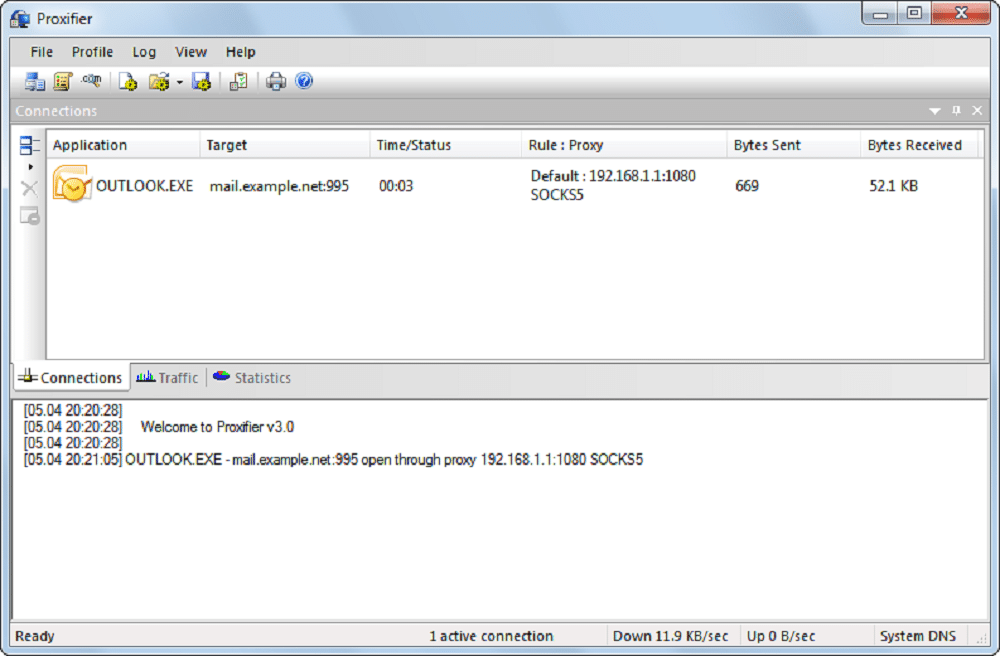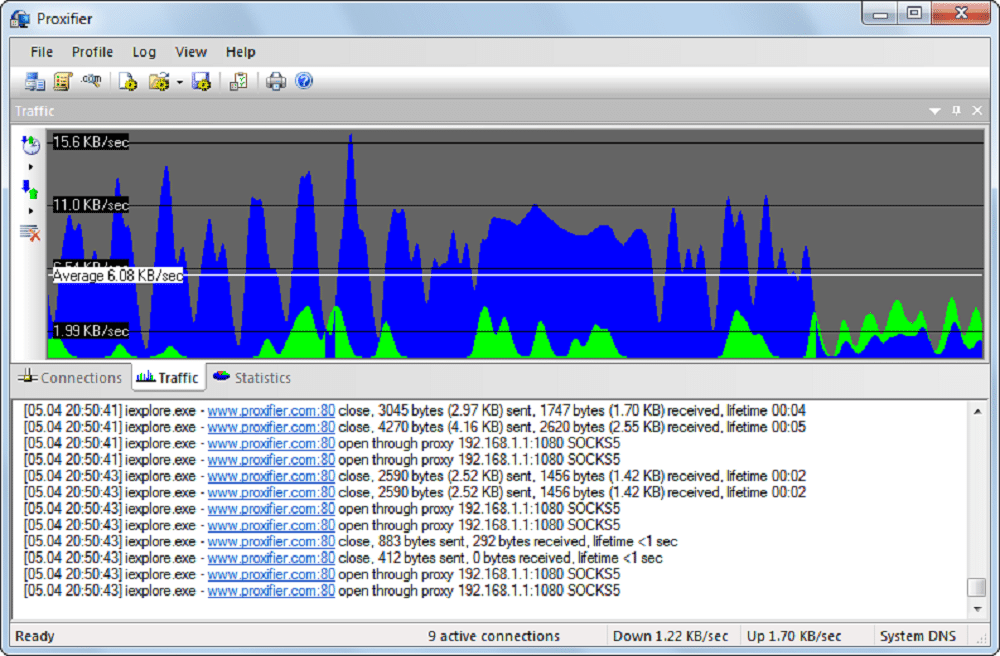Proxifier is an incredibly useful tool for software that does not have default support for proxies. To learn how to make use of it and force your Internet traffic via a proxy server, read the article below.

As an Internet marketer or regular Internet user looking forward to hiding your real IP address in other to bypass geolocation restrictions, access geofenced content, or exceed request limits, you will find proxies helpful. Proxies work mostly at the application level.
This means that an application will have to provide support for proxies and most automation software, browsers, and other client applications with support for IP address spoofing have default proxy support. If a software does not have official support for proxies, then you will need a proxy client – and that is where Proxifier comes in.
In this article, you will learn how to use Proxifier in other to get web traffic from clients or software through proxy servers. Before going into that proper, we will be looking at what proxies are, an overview of Proxifier, and why you need it. After describing how to set up proxies on Proxifier and how to get it to work, you will learn some of the best proxies for Proxifier.
A Brief Introduction to Understand Proxifier

For every web request you send, your device IP address is sent along. The IP address is a unique numerical label assigned to each device connected to the Internet – this is used for identification and location addressing for communication.
Websites use it for tracking users and enforce request limits, user blocks, and geo-restrictions – proxies help you bypass all of these. This is because when using a proxy, your web requests or Internet traffic get routed through a proxy server before getting to the intended website.
Before the request leaves the proxy server to the intended website, depending on the type and use of the proxy server, the request is subjected to some modification. For anonymous proxies, one’s IP address gets replaced and the proxy server modifies the request to hide the fact that it is acting as a proxy forwarding request of web clients.
What is Proxifier?
Proxifier is an application that forces all of your web traffic via a proxy server. You can see it as the software you require to make proxies work at the system level and not only at the application level. This software is one of the most advanced and the most popular and powerful proxy clients out there.
With Proxifier, you can get all of your applications to send web requests via proxy server. You can use the rule-based system to assign different proxies to different connections making it more flexible.

While it can potentially increase your speed when you route your traffic via faster routes, using Proxifier and high-quality proxies will provide you security by tunneling your connections through encrypted channels. While regular Internet users can use Proxifier, corporations can also benefit from it and use it to enforce certain rules in their network.
Proxifier is available only on Windows and Mac. It does not have support for Linux, Android, or any other Operating System. For the Operating Systems supported, Proxifier ensures seamless integration with third-party apps and transparent handling of connections on the system level.

The Proxifier software is a paid software. The price labeled on the Proxifier software for a license key is $39.95. However, they have a 31 days free trial option that comes with full features. After 31 days, you can then make payment. The Proxifier software also has a money-back guarantee of 30 days from the day you made a purchase.
Why Use Proxifier?
The question might not be necessary at first glance but if you look at it clearly, you will know the basis for it. It might interest you to know that systems have default proxy settings and if you have tried setting up proxies on the Chrome browser, you will discover that it takes you to the default setting area.
The problem arises from the fact that applications can decide whether to respect and route requests via default proxies or not. For many client applications, the default proxy setting is not respected and no provision is made for proxy setting thereby revealing your real IP address.
With Proxifier, all applications, regarded of their support for proxies (or lack of it) are forced to use proxies. Take, for instance, you can force email clients that do not have support for proxies to use proxies. You can see Proxifier as software that brings proxy usage to the system level unlike its default configuration that works only at the application level.
Aside from this, there is another very important use of Proxifier not meant for users per se but for organizations. Organizations have certain rules they want their employees to abide by when using their computers in other to boost productivity and ensures security.
In other to make sure all users accessing the Internet with computers in their network abide by these rules, they set up a proxy server to enforce those rules and install Proxifier on every computer in their network to force traffic via the proxy server they set up.
More, Advantages of Using Proxies with Proxifier
How to Set Up Proxies on Proxifier
The main use of Proxifier is to force web requests via proxy servers at the system level, thereby making requests from applications that do not have support for proxies to go to their intended websites via proxies. For this reason, it is important you learn how to set up proxies correctly on Proxifier for it to work properly. Below are the steps required in other to set up proxies.
- Download the Proxifier software for your Operating System (Windows and Mac supported), install it and launch it, and authenticate.
- When the interface opens, click on the “Proxy Server” or the corresponding button in the menu or tool bar.
- A dialog box will open that you can use to add proxies, remove proxies, and also edit already added proxies.
- To add a proxy, click the “Add” button.
- Clicking the “Add” button will open a dialog box for you to enter the proxy details. You can enter the proxy address and port in the first section. Below that, you have the option to choose the proxy protocol.
- For the authentication, if the authentication supported is the username and password authentication, check the box provided and enter the correct username and password for authentication.
- Click the OK button to save the setting.

- How to Set Up a Proxy in Foxyproxy
- How to Set Up a Proxy on SwitchyOmega
- How to Set Up Proxies for Multiple Tabs in Ghost Browser
Best Proxies for Proxifier

Proxifier is only a proxy client. It does not specific the type of proxies you should use. It has support for all kinds of proxies – HTTPS and SOCKS proxies, free proxies, and paid proxies, as well as residential, datacenter, or even mobile proxies. What I am trying to say is that provided the proxy detail is correct, you can use it.
However, it is best you make use of high-quality residential proxies as they are undetectable, reasonably fast, and quite reliable. They are also compatible with all websites and all proxy use cases.
As per our recommended residential proxy providers, we recommend,
- Best Overall – Luminati
- Budget Choice – Smartproxy
- Bandwidth Choice – Shifter
All of these providers provide premium rotating proxies that are undetectable and compatible with all proxy use cases.
Conclusion
With Proxifier, you no longer have to think about client applications neglecting your proxies. Regardless of if the software has native proxy support or not, Proxifier will force web traffic originating from it through a proxy server.
With this, we can say Proxifier works at the system-level just as VPN software does. With the procedures described in the article, you can set up proxies on Proxifier to force web traffic via proxies.






